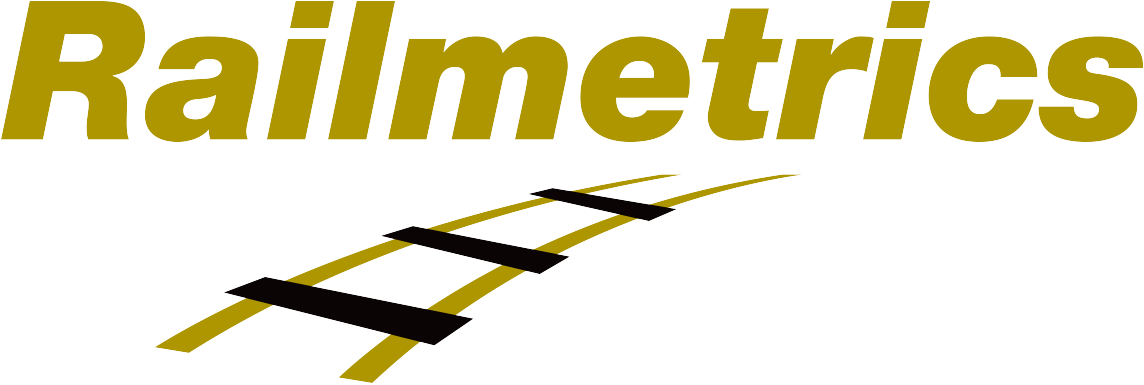What’s Prove-Up, and Why Does It Matter?
Prove-up is the process of confirming Magnetic Flux Leakage (MFL) findings with a more precise tool, often Ultrasonic Testing (UT) or a pit gauge. While MFL can detect metal loss areas, it doesn’t always give exact depth measurements, which can affect decisions about repairs. Prove-up allows inspectors to confirm the severity of these anomalies, ensuring attention is focused to the right regions. But proving up every MFL signal can be impractical, costly, and time-consuming. This is why a focused prove-up approach that targets only critical areas is essential. It helps inspectors efficiently identify high-risk zones, keeping inspections efficient and effective.

Figure 1: Pipescan™ HD Magnetic Flux Leakage Solution
Benefits of Focused Prove-Up
- Cost-Effective Resource Use
Proving up every MFL signal would require excessive labor, equipment, and time. Instead, focused prove-up directs attention only to the most significant anomalies. This targeted approach optimizes resources, reducing inspection costs without sacrificing safety.
- Higher Reliability of Inspection Data
MFL excels at rapidly locating and, pending equipment, roughly estimating metal loss but can lack remaining wall precision. Focused prove-up with UT seamlessly provides that precision, letting operators make better-informed maintenance decisions and prioritize repairs based on actual defect conditions.
- Smarter Maintenance Decisions
Prove-up results clarify the severity of defects, so issues that appear severe in MFL scans but prove to be minor don’t trigger unnecessary repairs. This approach saves both time and costs, preventing unwarranted shutdowns and ensuring that only critical areas receive immediate attention.
- Minimized Downtime
Focused prove-up streamlines the process, allowing inspections to finish faster and enabling quicker repairs when necessary. Less downtime means smoother operations and higher productivity.

How to Implement a Smart Prove-Up Strategy
To make prove-up efficient, operators can follow these key steps:
- Identify Critical Zones
Start by designating high-priority zones. These could be areas with known corrosion history, harsh environmental conditions, or specific pipeline ages. By focusing prove-up efforts on these high-risk zones, inspectors can ensure they’re addressing the most vulnerable parts.
- Set Clear Prove-Up Criteria
Not all MFL signals warrant prove-up. By setting criteria, which can be based on known signal responses from a known ‘reference sample’, operators can determine which anomalies need further investigation. This approach keeps the focus on the highest-risk defects.
- Historical Data and Analytics
Modern MFL systems come with data analysis tools that help interpret results more precisely. Integrating MFL data with previous inspection records (like UT findings or historical corrosion trends) refines prove-up strategies. Predictive analytics can highlight areas likely to have critical defects, creating a focused, data-driven inspection plan. - Align with Stakeholders
Clear communication about prove-up requirements helps ensure efficiency. Defining prove-up expectations, such as target percentages in specific zones and report standards, aligns the inspection team and asset owners on what needs attention. This transparency reduces ambiguity and keeps the prove-up strategy aligned with safety and operational goals…everyone wins!
What’s Next for Focused Prove-Up and MFL Technology?
As MFL technology advances, enhanced algorithms and machine learning (AI) will improve its ability to distinguish between severe and minor defects. In time, this could reduce prove-up requirements further by making MFL results more accurate. However, until then, focused prove-up remains essential to confirm findings and fill the gap between detection and precise measurement.
Conclusion
Focused prove-up is a game-changer for pipeline operators. By confirming MFL findings only in critical areas, operators can cut costs, boost inspection accuracy, and make better maintenance choices. With advancing MFL and data analytics technology, focused prove-up strategies are set to become even more efficient, enabling comprehensive, cost-effective pipeline inspections.
In short, focused prove-up isn’t just about verifying MFL results. It’s about optimizing resource use, targeted maintenance, and most importantly enhanced safety, all of which contribute to safeguarding vital pipeline infrastructure and the environment. For operators looking to maximize efficiency, focused prove-up is the way forward.
Watch our webinar, “Reliable and Confident Assessment of Corrosion and Pitting”, to discover how to take your pipeline assessments Beyond Current, and contact us to discuss your next inspection campaign!
Authors: Andrew Simpson, Farzaneh Vahidi Mayamey, Thomas Laprise and Matthew Boat.




